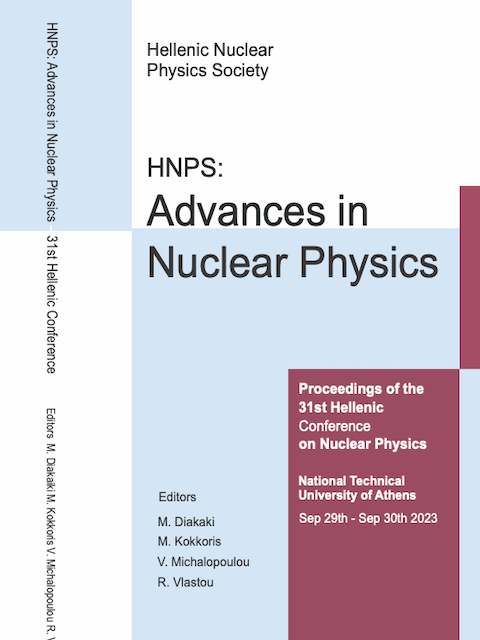Atmospheric Dispersion Software Intercomparison Exercise and Sensitivity of Results

Abstract
Abstract The Greek Atomic Energy Commission (EEAE) is the national regulatory authority, competent for the control, regulation, and supervision in the fields of nuclear energy, nuclear technology, radiological and nuclear safety, and radiation protection. Within its mandate is to assess emergencies in or out of Greece, which may entail radiological risk for the country. To this end, studies based on atmospheric dispersion software, like JRodos, are performed [1]. To validate the performance of the software, EEAE recently participated in a JRodos intercomparison exercise. The exercise was conducted within the Rodos User Group (RUG), and was based on a hypothetical release from a nuclear icebreaker in Danish coastal waters.
This work further evaluates its results on the basis of their sensitivity in the parameter of the atmospheric dispersion models. To this end, three atmospheric dispersion models: RIMPUFF [2], LASAT [3], and DIPCOT [4], were applied. Their results were compared in different timesteps in terms of the effective gamma-dose rate at the height of 1 meter. It was found that results tend to differentiate immediately after the release due to the models’ different approaches. However, all models yield similar results at the later phases of the release.
Article Details
- How to Cite
-
Salpadimos, N., Karfopoulos, K., Potiriadis, C., Andronopoulos, S., & Seimenis, I. (2024). Atmospheric Dispersion Software Intercomparison Exercise and Sensitivity of Results . HNPS Advances in Nuclear Physics, 30, 124–130. https://doi.org/10.12681/hnpsanp.6204
- Issue
- Vol. 30 (2024): HNPS2023
- Section
- Oral contributions

This work is licensed under a Creative Commons Attribution-NonCommercial-NoDerivatives 4.0 International License.





